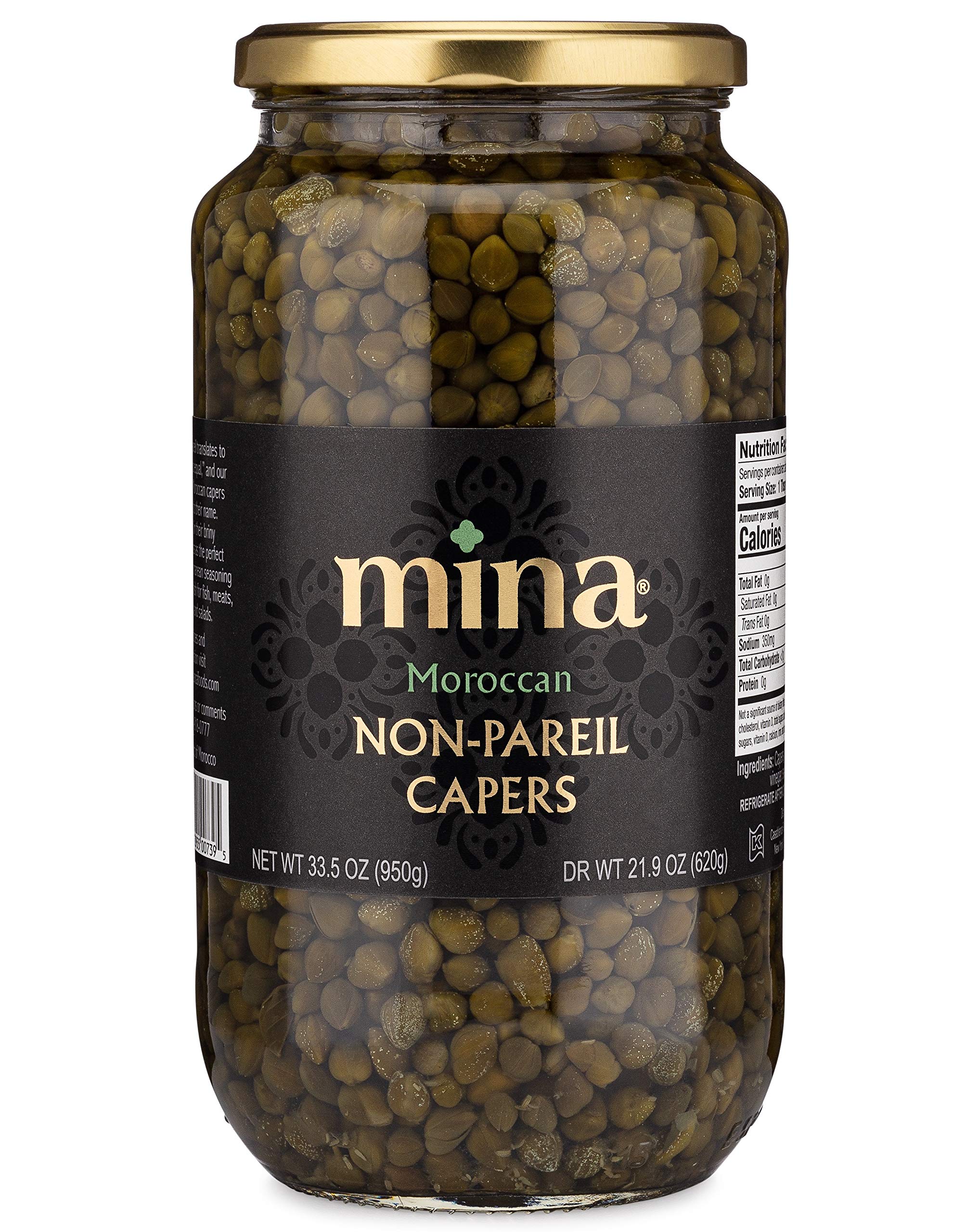The Non Pareil Capers: Unlocking Their Culinary Potential
Non-pareil capers are the smallest and most expensive type of capers, measuring just ¼ inch (seven millimeters) in length. They are deep green, firm, and have delicate aromatic notes. They are typically packed in a sour salty brine preservative.
Surfines capers are slightly larger, measuring seven to 8 millimeters in diameter, and are either brined or packed in salt. They can be found in specialty food shops.
Cupacines capers are 8 to 9 millimeters in size, followed by capote capers at nine to 11 millimeters, and fines capers ranging from 11 to 13 millimeters. These larger sizes can be more difficult to find in grocery or specialty food stores.
Grusas capers are the largest variety, often exceeding 14 millimeters in diameter. They are also more acidic and rare, making them challenging to find in the United States.
To use capers, it is recommended to rinse off the salt or brine before adding them to dishes, blending them into tapenade, or garnishing cocktails. Once opened, capers should be refrigerated and can last up to six months for salt-packed capers or nine months for brined capers. Capers are the un-ripened green flower buds of the capparis spinosa plant, which grows wild across the Mediterranean and parts of Asia. They are dried and preserved, either cured in salt or pickled in brine, giving them their savory, briny flavor. Capers have a flavor similar to green olives with a tangy, floral tartness. They are commonly used in Mediterranean cuisine, especially in seafood dishes and pasta sauces. Capers also add a tangy, lemony hit to various dishes and can be used as a garnish or in sauces and dressings. The smallest variety of capers is known as nonpareils, with a diameter of about 1/4 inch. Other varieties include surfines, capucines, capotes, and fines. Larger capers tend to be more acidic. Caperberries are about the same size as small olives and have a long stem, with kiwi-like seeds inside. They are softer in texture and less piquant than capers. Capers and caperberries are pickled and can be used in antipasto platters or to garnish cocktails. Green olives can be used as a substitute for capers. Capers are low in calories and contain vitamins A, E, and K, as well as copper, iron, and magnesium. It is best to add capers later in the cooking process or finish a dish to preserve their shape, color, and flavor. Capers are essential for chicken piccata recipes and can also be used in pork chops and pan-fried fish dishes. The article discusses various ways to use capers in recipes. It mentions a pasta dish where capers are minced with garlic and red pepper flakes to make a paste, which is then mixed with warm pasta and cheese. Another tablespoon of whole capers is mixed with tomatoes, olives, and butter to add tanginess to fresh mozzarella. The article also highlights caper butter, which is made by mashing capers and their brine with softened butter, parsley, and lemon zest. This compound butter can be used in various dishes such as roasted cauliflower steaks, pasta, grilled vegetables, fish, lamb chops, or steaks.
Continue Reading